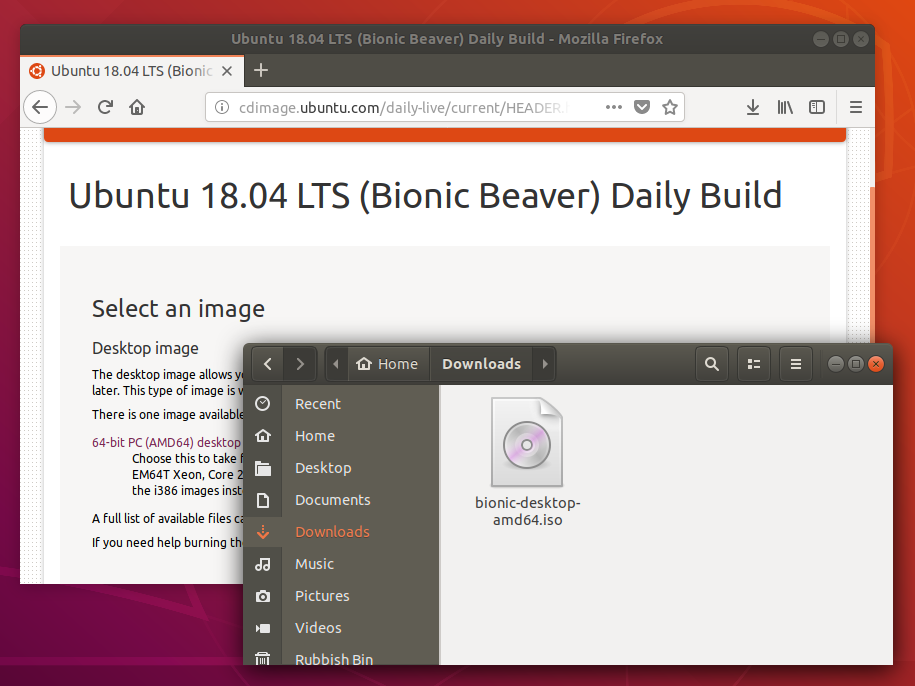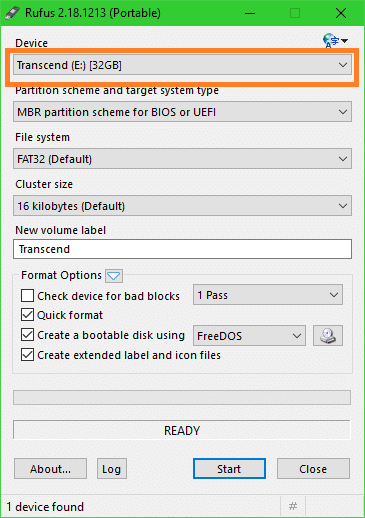

- #Install ubuntu from usb gpt uefi 18.04 install#
- #Install ubuntu from usb gpt uefi 18.04 drivers#
- #Install ubuntu from usb gpt uefi 18.04 Pc#
- #Install ubuntu from usb gpt uefi 18.04 iso#
- #Install ubuntu from usb gpt uefi 18.04 windows#
You can often enable network boot via PXE. Peripherals such as USB sticks or USB external hard drives. In the BIOS setup menu, users can select Use at devices.Ĭhecked which order for many boot operating lectionĪs a rule, the most important internal hard drives, drives, are possible Water and cd/dvd-rom USB storage devices. Specify the key to press to display the organization screen.
#Install ubuntu from usb gpt uefi 18.04 Pc#
Normally, the personal PC starts up with the message

Or the F2 key, but some manufacturers use additional keys. To enter the BIOS setup menu, you must press the A key or the main combinationĪfter turning on the computer. Offers an awesome setup menu which is commonly used for bios setup. To facilitate your operating system’s access to your hardware.your system The BIOS provides basic functions for starting the computer and This section will help you set up the hardware beforeĮverything, installation, a person has to do before installing Ubuntu.Īs a rule, this includes an analysis of possible changes in firmware options. (If your attention is drawn to the Ubuntu logo, then you missed the goal of bringing up the GRUB menu.) When using UEFI, press that particular exit key (possibly multiple times) to go to the Grub menu. In BIOS, quickly press the Shift key to move the GNU GRUB menu up.
#Install ubuntu from usb gpt uefi 18.04 install#
#Install ubuntu from usb gpt uefi 18.04 drivers#
Secure Boot can also complicate use of some third-party drivers after booting.įor more information on this subject, I recommend you read: There are rare cases of incompatibility because of bugs in the EFI and/or in an Ubuntu component, but these normally cause the Ubuntu installer to fail to boot. Ubuntu supports Secure Boot, and it normally works fine. Note that disabling Secure Boot is seldom necessary. This is simply a limitation of the installer, and you must use the "Something Else" option (as described here) to work around this problem.
#Install ubuntu from usb gpt uefi 18.04 iso#
iso file into a bootable USB flash drive, that tool might or might not copy the EFI boot loader to the USB flash drive.
#Install ubuntu from usb gpt uefi 18.04 windows#
It's unclear from your description whether you've disabled the Windows or the EFI feature. Disabling the EFI feature is seldom necessary (but sometimes it is). Note that the Windows Fast Startup feature is entirely separate from a feature in many EFIs with a similar name. See here and here for information on doing so.


 0 kommentar(er)
0 kommentar(er)
